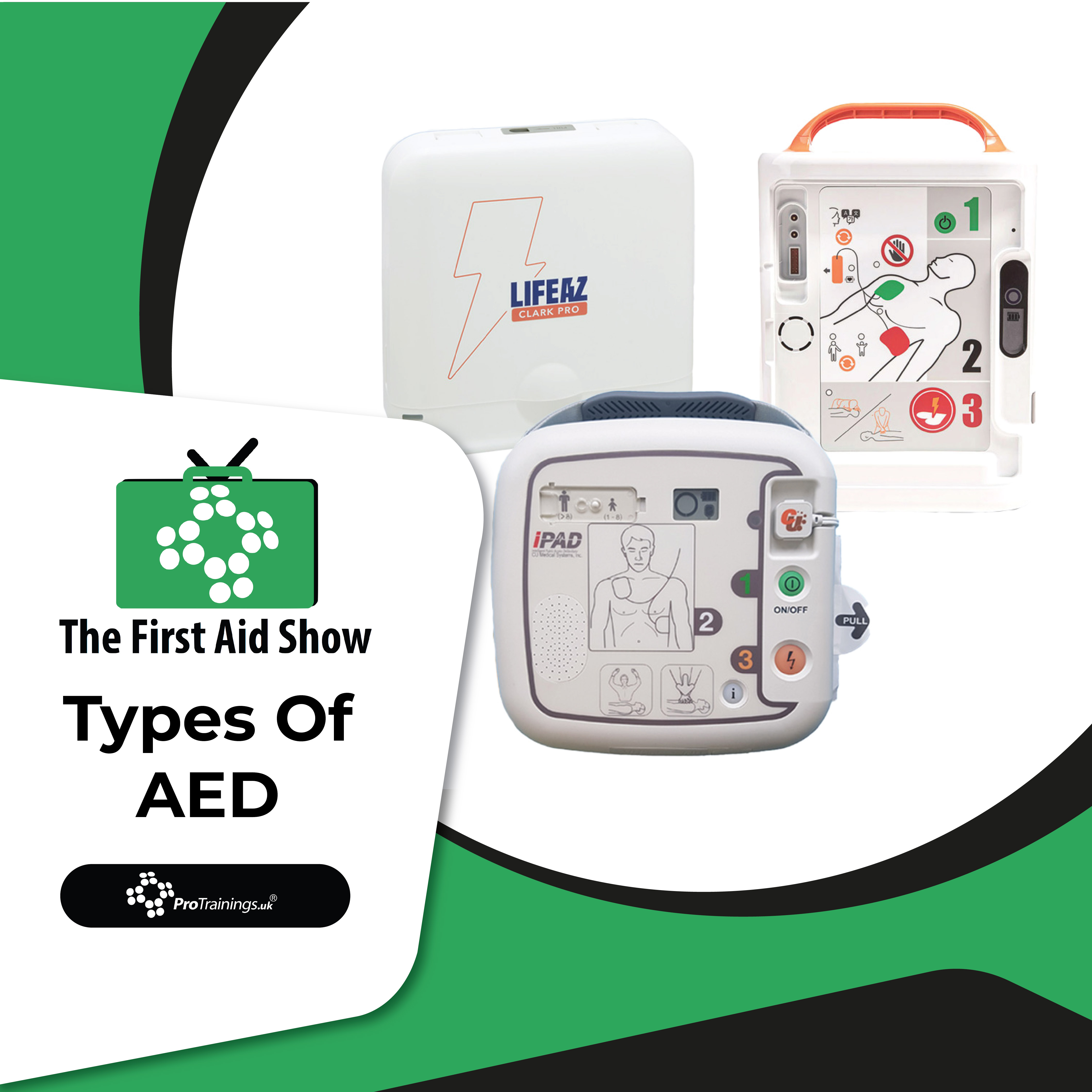Types Of AED: What You Need to Know
When learning about lifesaving equipment, it’s essential to understand the types of AED available and how to use them confidently. Although AEDs are designed to be simple, most people have never used one before. Therefore, it’s crucial to provide training that removes fear and builds familiarity. Not only does this help in an emergency, but it also boosts overall confidence across your team or community.
Begin With Comprehensive Training
To start with, ensure everyone receives proper training. Ideally, training should extend beyond just your designated first aiders. After all, anyone could find themselves in a situation where they need to act. For that reason, consider offering face-to-face classroom sessions, blended learning with online and in-person modules, or fully online video courses. This way, every member of staff can learn how to use an AED effectively, regardless of their schedule or role.
Understand How AEDs Function
Once trained, people can respond with more assurance. AEDs provide clear, spoken instructions and visual cues, guiding users step by step. As soon as someone turns on the device, the AED starts talking. While using the AED, it’s also important to stay connected with emergency services. So, use speakerphone if possible. This allows responders to offer additional support while you focus on the patient.
Moreover, it’s okay if you prefer to avoid giving breaths. Chest compressions alone are often sufficient. However, if you feel confident and are trained to deliver full CPR, combining compressions and breaths is recommended.
Choose the Best AED for Your Setting
Next, as part of your first aid needs assessment, you’ll need to decide which types of AED best suit your environment. Consider the user base, location, and level of training. For example, if untrained users might need to respond, a fully automatic AED might be a better choice than a semi-automatic one. Also, look for models that include features like child mode or built-in pad placement diagrams.
Compare Semi-Automatic and Fully Automatic AEDs
Generally speaking, AEDs come in two main forms. Firstly, a semi-automatic AED analyses the heart rhythm and prompts the rescuer to press a button if a shock is required. In that case, the rescuer must act quickly and press the shock button when advised. On the other hand, a fully automatic AED performs the analysis and delivers the shock without user intervention. This means the user must simply ensure that nobody is touching the patient during delivery.
Follow the Three-Step Process
Most AEDs use a three-step system for ease of use. First, turn on the device. Second, place the pads on the patient’s chest. Third, follow the instructions provided. For instance, the iPAD SP1 displays a clear 1-2-3 sequence with lit indicators to show you what to do next. Because of this simplicity, the device remains easy to use even during high-stress moments.
Establish a Maintenance Routine
After choosing your AED, the next step involves maintenance. Assign a responsible person to check the AED regularly—ideally once a week. This could be the same person who checks the fire alarms. Furthermore, make sure they examine the battery indicator light, check pad expiry dates, and listen for warning beeps. These quick checks help ensure the AED stays ready for use at all times.
Educate and Involve Everyone
Besides maintenance, it’s equally important to inform everyone in the workplace or community. Let them know where the AED is located. Additionally, give a short demonstration so they can see how it works. Even five minutes of awareness can reduce hesitation and increase the likelihood of someone stepping in during an emergency.
Get Expert Support
Lastly, if you’re unsure which AED to purchase or how to organise training, reach out for help. We provide guidance on choosing the right unit, along with flexible training options—either online or on-site. By working together, we can ensure your organisation is well-equipped, well-trained, and ready to save lives when every second counts.


